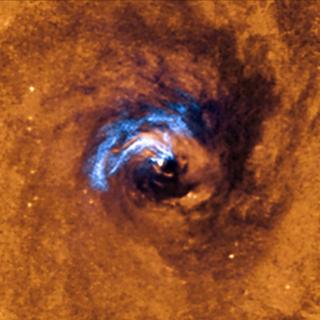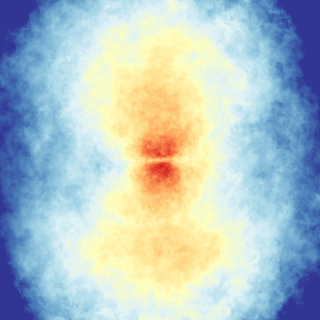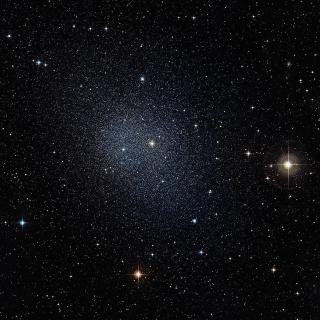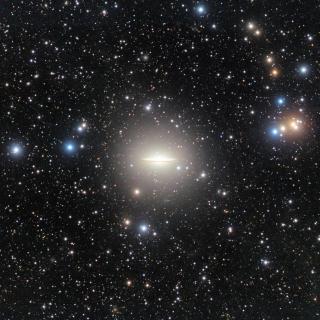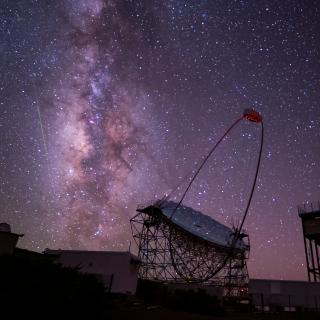
For yet another year the sky-live.tv channel will be broadcasting the maximum of the Perseids from the Canary Observatories, with the collaboration of the Energy Efficiency Laboratories (EELabs) project, coordinated by the Instituto de Astrofísica de Canarias (IAC) and the Innovation Service of the Cabildo Insular of La Palma. This will be during the night of 12th to 13th August, when the best estimates for the activity of the meteors is a rate of 100 per hour. Even though the first records of the Perseids date from 36 A.D., it was not until 1835 that the Belgian astronomer Adolphe Quetelet
Advertised on
